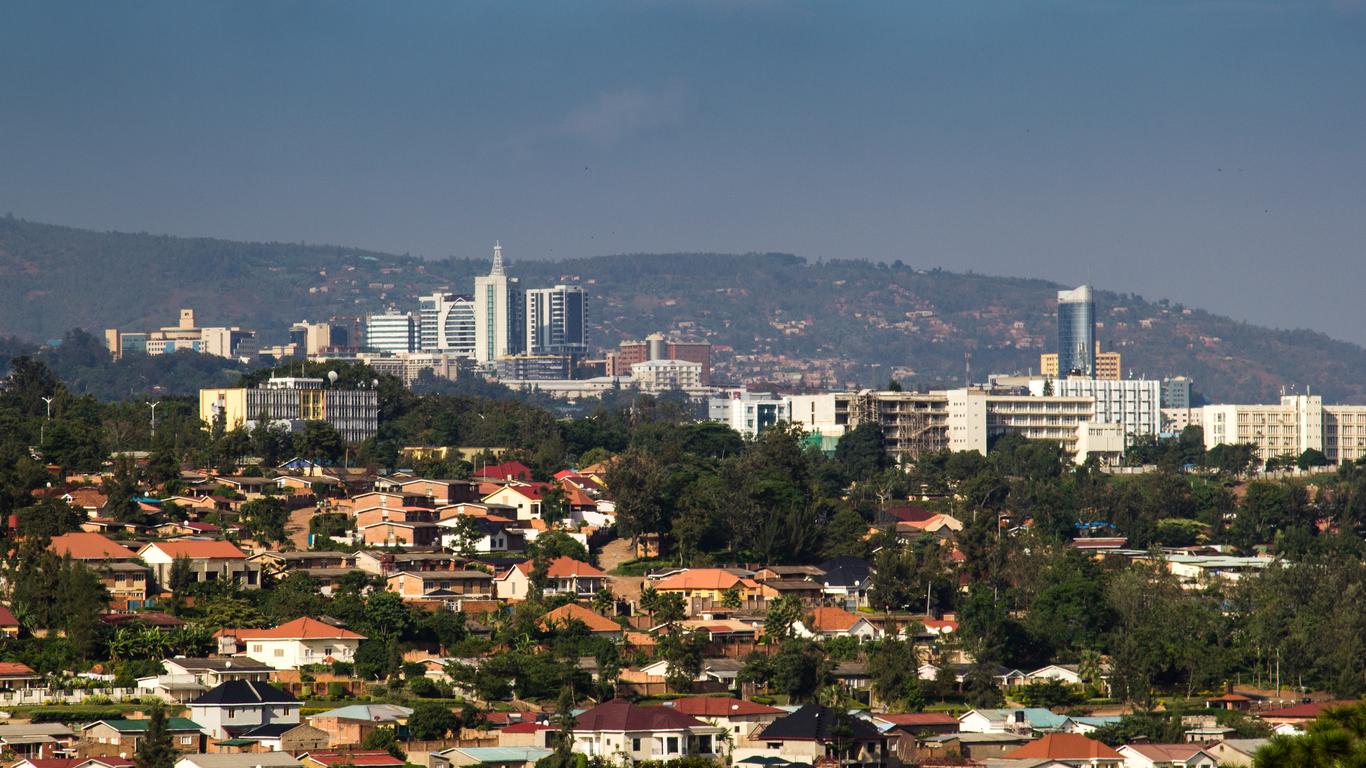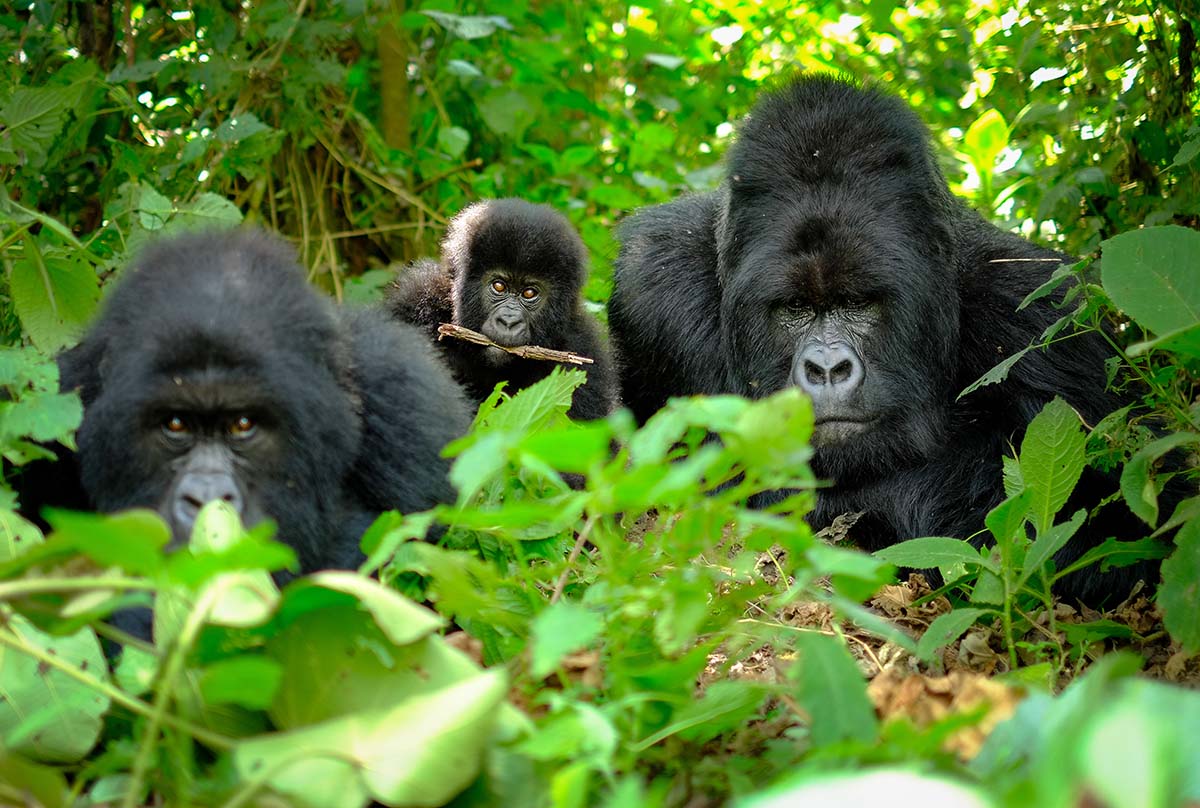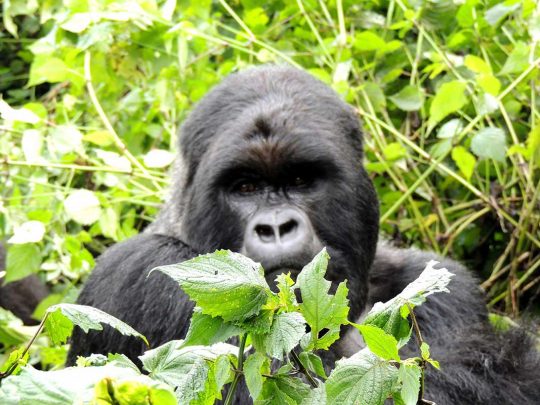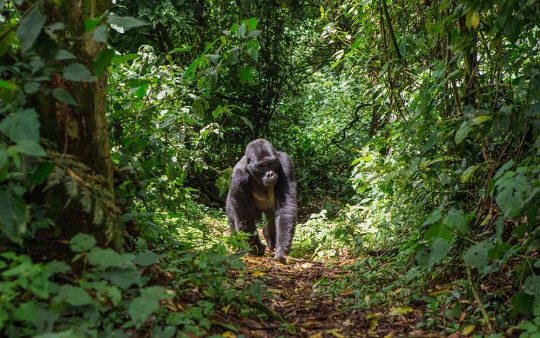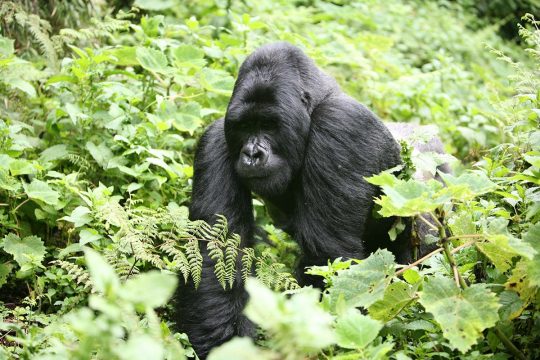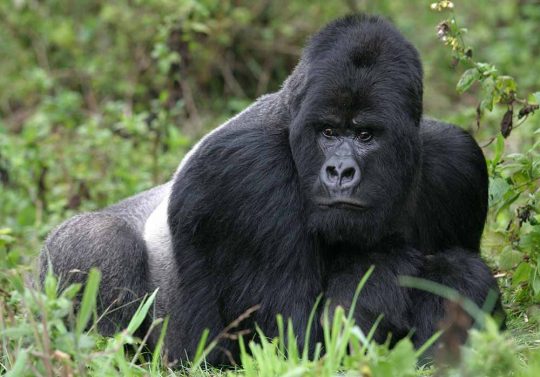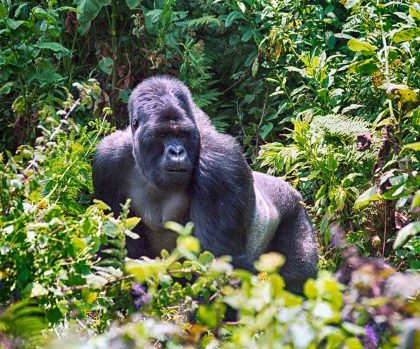Kigali City
Are you thinking to go visit Kigali?
Talk to our experts about the perfect planning for your holiday.
Welcome to Kigali, the capital city of Rwanda! Make sure to visit the Kigali Genocide Memorial and Eco tourist facilities.
About Rwanda
Rwanda is known as the “Land of a thousand hills”, and with its stunning views and warm, friendly people offer unique experiences for the travellers. The country is blessed with extraordinary biodiversity, as incredible wildlife living throughout its volcanoes, montane rainforest and sweeping plains. Rwanda went through very turbulent history, from being a colony to more recent civil war between opposite tribes. But today, this is the second easiest place to do business in Africa by the World Bank and has been awarded for its leadership in tourism and economic competitiveness by the World Travel and Tourism Council (WTTC) and the World Economic Forum respectively.
About Kigali
Kigali is the capital and largest city of Rwanda, situated near the geographic centre of the country. The city has blossomed into the economic, cultural, and transport hub of Rwanda since becoming capital after the independence in 1962. Today, this is beautiful, modern and fantastically clean city that has a lot to offer – from the relics of the past, to the modern business center. Kigali is the major arrival point for tourists visiting Rwanda’s national parks and tracking mountain gorillas, and has its own sites of interest such as the Kigali Genocide Memorial and eco tourist facilities, as well as bars, coffee shops and restaurants.
Interesting Facts about Kigali
History of Kigali
- Kigali City was founded in 1907 by the German resident for the region, Richard Kant. The house in which Kant lived in has been preserved to date as the Kant House Museum of Natural History.
- Kigali is a city famed for being the epicenter of the 1994 Rwandan genocide, as has been mentioned, when over 1 million people lost their lives.
The Cleanest City in Africa
- Despite a dark past, did you know that Kigali has been voted the cleanest city in Africa, and the 3rd most friendly destination in world! Now you know!
- Kigali’s progress in these parameters is very remarkable. Apart from banning the use of polythene bags, she has adopted measures to reduce carbon emissions by creating two car free days every month. This also give the city dwellers a chance to exercise.
Culture of Kigali
- Kigali is a city known for a particular culture, where unlike in other regional cities like Nairobi, dwellers participate in Umuganda, a legally enforced cleanup activity of the city, every last Saturday of any given month. Participants are aged between 18 and 65 years, failure to which one is liable for a fine of $5.
Official Language & City Name
- The Official language of Kigali is Kinyarwanda, which is also the official language of Rwanda.
- The city is named after an adjacent Mt. Kigali, meaning wide and broad as the mountain! The name dates back to the 14th Century AD.
Industry & Finance
- Kigali serves as the commercial financial center of Rwanda, with prospected and actual high rises, aspects that are reinventing her cityscape. One landmark building here is the 20-storey Kigali City Tower, which has a car park subsidiary, 10,000m² retail floor space and 7km² office space.
- Major industries in Kigali include service industry, tourism, retail, banking, information and communication technology as well as transportation. Major retail stores in Kigali include the Nakumatt based in Kigali City Tower.
Educational Centers & Tourist Attractions
- Major educational centers in Kigali include Mount Kenya University, a foreign institution based in Thika, Kenya.
- You will have entirely experienced Kigali if you visit the Genocide Memorial Center, the Fruit Market and Hotel Mille Collins, which has been featured in the film, Hotel Rwanda.
While Kigali is a popular destination to visit all year round, June-September is the ideal time to go. Basically, it’s because of a number of factors such as the climate, and cost of travel and accommodation. Furthermore, avoiding peak holiday periods makes June-September, a perfect time.
During the warmer months, temperatures in Kigali can rise to a maximum of 30℃ (85℉). The weather at night in the winter can get down to temperatures as low as 12℃ (54℉).
If you’re a sun-chaser and want to visit Kigali when the days are longest, you should visit in December. To stay dry, avoid travelling to Kigali in October – It’s the wettest month of the year.
Kigali Genocide Memorial
Kigali Genocide Memorial – You can’t begin to appreciate everything Rwanda has become until you understand the reasons behind the devastating Rwandan genocide. It was a conflict that killed some 800,000 people, most of whom were members of the Tutsi ethnic minority, in just 100 days. The Kigali Genocide Memorial sheds light on the historical events that led to the genocide and horrifying realities Rwandans faced in 1994.
Inema Arts Center
Inema Arts Center – Founded by two brothers (both self-taught painters) on a mission to “tap the untapped potential of art in Rwanda”. The Inema Arts Center has become the place to see contemporary art in Kigali since its founding in 2012. The building’s exteriors are decked out in colorful murals that make it impossible to miss.
Rwanda Art Museum
Rwanda Art Museum – Institution housed in the former Presidential Palace on the outskirts of Kigali. It’s one of the country’s eight national museums.
Kimironko Market
Kimironko Market – Kigali’s largest and busiest market, makes for an incredible afternoon of sightseeing. Hundreds of vendors have set up shops in the massive warehouse complex. They’re hustling everything from the bed sheets and carved masks to a cornucopia of produce sourced from all over East Africa.
Nyamirambo Women’s Center
Nyamirambo Women’s Center – The women-founded organization was launched in late 2007 in an effort to address gender inequality and empower women. In addition to offering free education and vocational training, it employs women at fair wages to fill its intimate boutique with ethically-made goods. Tourists can pick up beautifully printed tote bags, hand-woven baskets in every shape and size, patterned place mats, crocheted rugs, beaded jewelry, and local-inspired fashions.
Amahoro Stadium
Amahoro Stadium – Amahoro Stadium is the best place to see sports and entertainment in Rwanda
Question Coffee Café
Question Coffee Café – Coffee is a critical part of the Rwandan economy, bringing tens of millions of dollars into the country each year. But despite growing some of the finest beans in the world, Rwanda doesn’t have much of a local coffee culture
Hotel des Mille Collines
Hotel des Mille Collines – this property sheltered hundreds of people during the Rwandan genocide.
Kigali Memorial
Kigali Memorial – a quiet, sacred space where 10 Belgian soldiers became some of the earliest victims of the Rwandan genocide
How to Get to Kigali
By Plane
Kigali International Airport is a small and organized airport, and it is rare to encounter any problems. Plastic bags are illegal in Rwanda for environmental reasons, so you should bring only reusable bags into the country.
Flag carrier RwandAir has by far the largest selections of flights to KGL including one from O R Tambo Airport, but other airlines also offer flights from their respective hubs, including KLM from Amsterdam Schiphol, Brussels Airlines from Brussels, Qatar Airlines from Doha Hamad International Airport, and Turkish Airlines from Istanbul IST. Kigali International Airport (Q1322696) on Wikidata Kigali International Airport on Wikipedia (updated Nov 2017 | edit)
If you fly from Kigali airport, you may need a Yellow Fever Certificate at your destination (e.g. South Africa) – Airport officials will ask for this. Also be careful of waiting in the cafe for your flight – some flights (e.g. Kenya Airways to Nairobi) are often overbooked and you won’t hear any announcement when they decide to start boarding early, and you could miss your flight.
Alternative: Entebbe, Uganda
Some international fliers find it much cheaper to fly into Entebbe in Uganda and then take the bus to Kigali. Depending an how long they stop you at the border, the bus trip takes about 9 hours. Try to get a seat on a Jaguar bus.
By bus
Buses arrive and depart to many parts of Rwanda regularly.
There are a couple of daily buses that run directly between Kigali and Kampala in Uganda with some services continuing to Nairobi. The buses are sometimes cramped and uncomfortable, but are the cheapest choice.
Kigali has a pleasant, tropical highland climate with temperatures that vary depending on altitude, but vary little from month to month in the same location. There are two wet seasons and two dry seasons; a long and a short one. The wettest time of year is between March and May, while the driest months are July to September. There is also rain between October and November. Temperatures rarely go above 86°F (30°C) during the day or drop below 59°F (15°C).
If you liked Kigali City, you might also like Nairobi City.
If you liked Kigali City, please follow us on Instagram for more content like this.
Do you need expert tips on planning for your next safari in Africa?
Share your email here
[mc4wp_form id=”29279″]

